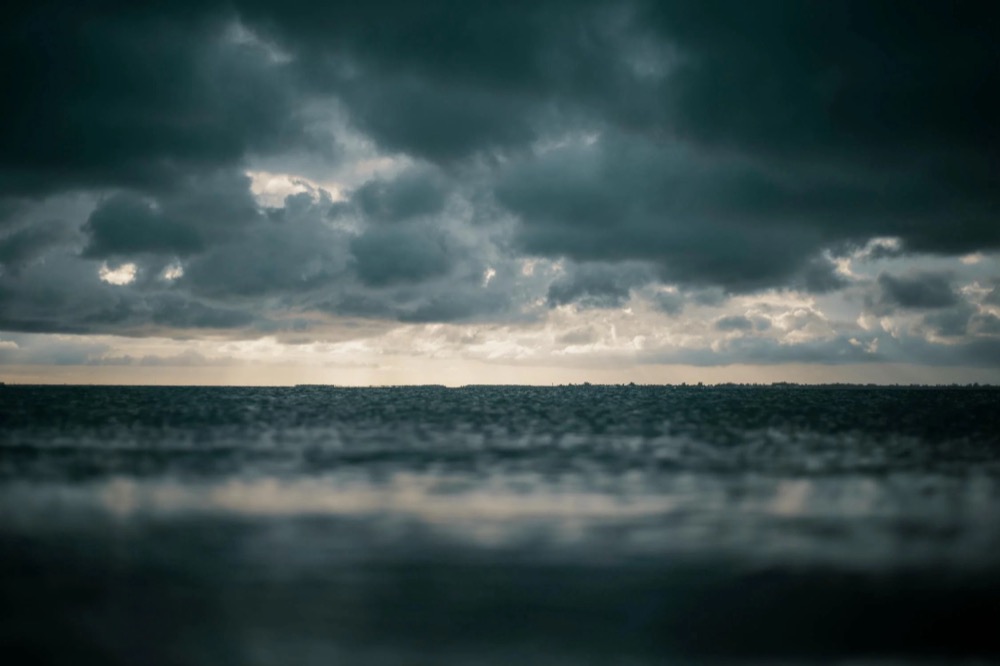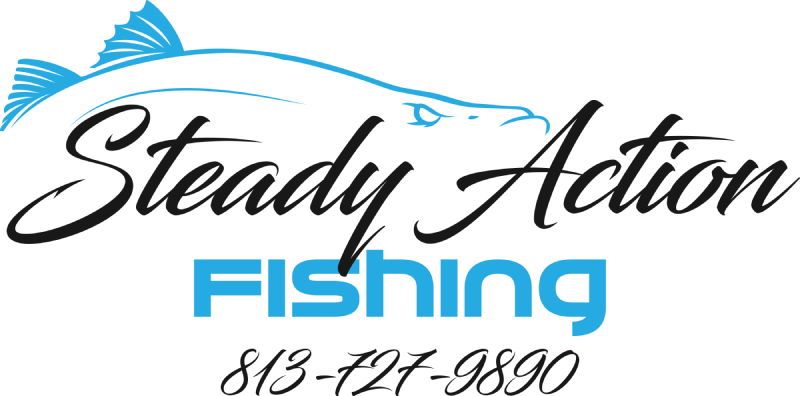By using our website, you agree to the use of cookies as described in our Cookie Policy
 Image Credit: Pexels
Image Credit: Pexels
Weather plays a crucial role in shaping fishing conditions in Tampa Bay. Understanding how different weather elements affect fish behavior and water conditions can greatly improve your chances of a successful fishing trip. Let's explore the various ways weather influences fishing in this popular Florida destination.
Effects of Temperature Changes on Fish Behavior and Feeding Patterns
Water temperature is one of the most important factors affecting fish in Tampa Bay. As cold-blooded creatures, fish are highly sensitive to temperature changes. Here's how temperature impacts fishing:
- Warmer temperatures generally increase fish activity and feeding.
- In summer, many fish species move to deeper, cooler waters during the hottest parts of the day.
- Cold snaps can slow fish metabolism, making them less likely to bite.
- Seasonal temperature changes trigger spawning behaviors in many species.
Impact of Rainfall and Freshwater Runoff on Salinity Levels
Tampa Bay is an estuary where saltwater meets freshwater, creating a unique environment. Rainfall and runoff can significantly alter this balance:
- Heavy rain decreases salinity, especially near river mouths and in upper parts of the bay.
- Some fish species, like snook and tarpon, are drawn to areas of lower salinity after rainfall.
- Excessive freshwater input can push saltwater species towards the Gulf of Mexico.
- Changes in salinity can affect the distribution of bait fish, influencing where game fish can be found.
Influence of Wind Direction and Speed on Water Clarity and Fish Movement
Wind is another key factor that affects fishing conditions in Tampa Bay:
- Strong winds can create choppy waters, making fishing more challenging.
- Wind direction can push bait fish and, consequently, game fish to certain areas of the bay.
- Prolonged winds from one direction can cause water to stack up, affecting tide levels.
- Winds can also impact water clarity, with calm conditions generally leading to clearer water.
Role of Barometric Pressure in Fish Activity and Biting Tendencies
Barometric pressure, though often overlooked, can significantly influence fish behavior:
- Falling pressure, often preceding a storm, can trigger increased feeding activity.
- Stable high pressure typically results in clearer skies and more predictable fish patterns.
- Rapid pressure changes can make fish less active as they adjust to the new conditions.
- Some anglers believe that the best fishing occurs during periods of changing barometric pressure.
Seasonal Weather Patterns and Their Effect on Different Fish Species
Tampa Bay experiences distinct seasonal changes that affect fishing:
- Spring brings warming waters and increased activity for many species.
- Summer heat drives some fish to deeper waters or cooler areas near passes.
- Fall sees many species becoming more active as temperatures moderate.
- Winter cold fronts can trigger speckled trout and redfish to gather in deeper holes.
Extreme Weather Events and Their Impacts on Fishing
Florida is no stranger to extreme weather, which can have both short-term and long-term effects on fishing:
- Hurricanes can dramatically alter underwater structures and habitats.
- Cold fronts may cause fish kills in shallow areas, affecting populations.
- Prolonged droughts can increase bay salinity, changing fish distribution patterns.
- Post-storm periods often see increased feeding activity as fish adjust to new conditions.
Understanding these weather impacts can greatly enhance your fishing experience in Tampa Bay. At Steady Action Fishing Charters, our experienced tampa bay fishing captain use his knowledge of local weather patterns to guide you to the best fishing spots, regardless of conditions. Whether you're a seasoned angler or new to fishing, we can help you make the most of your time on the water.
Ready to test your skills against Tampa Bay's fish, whatever the weather? Contact Steady Action Fishing Charters at 813-727-9890 to book your Tampa fishing charter. We are always happy to discuss current conditions and help you plan the perfect trip.
‹ Back


